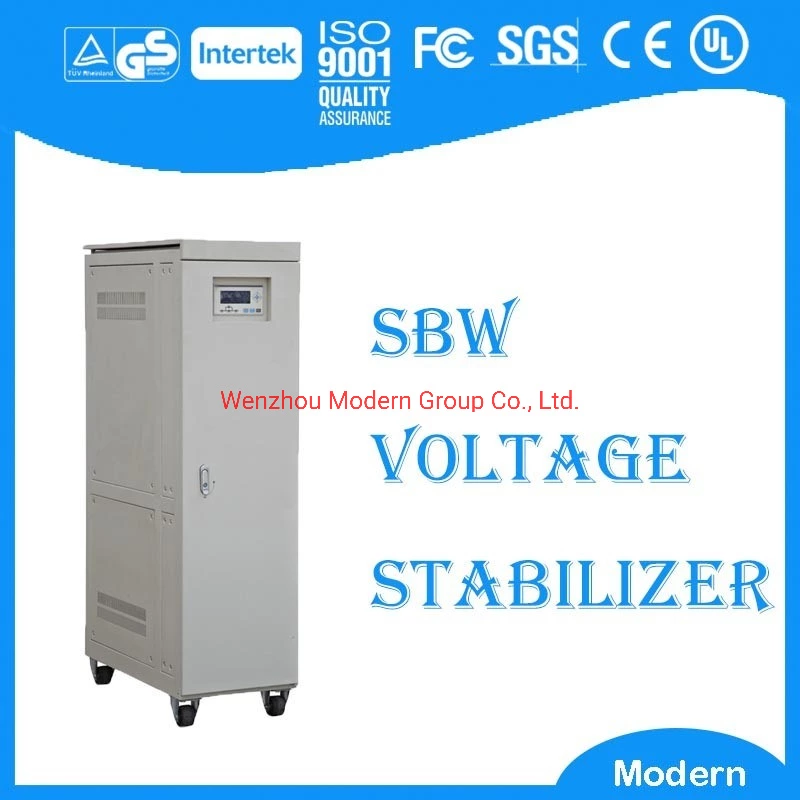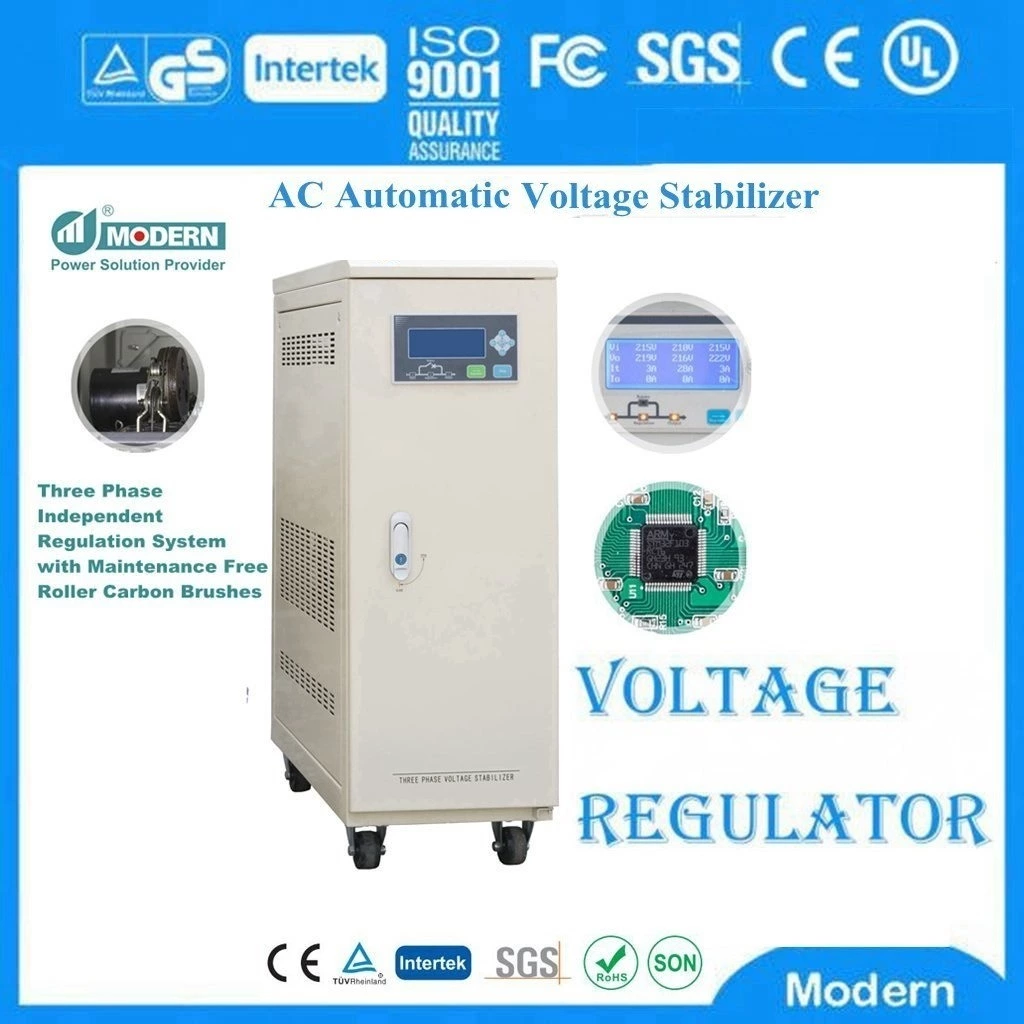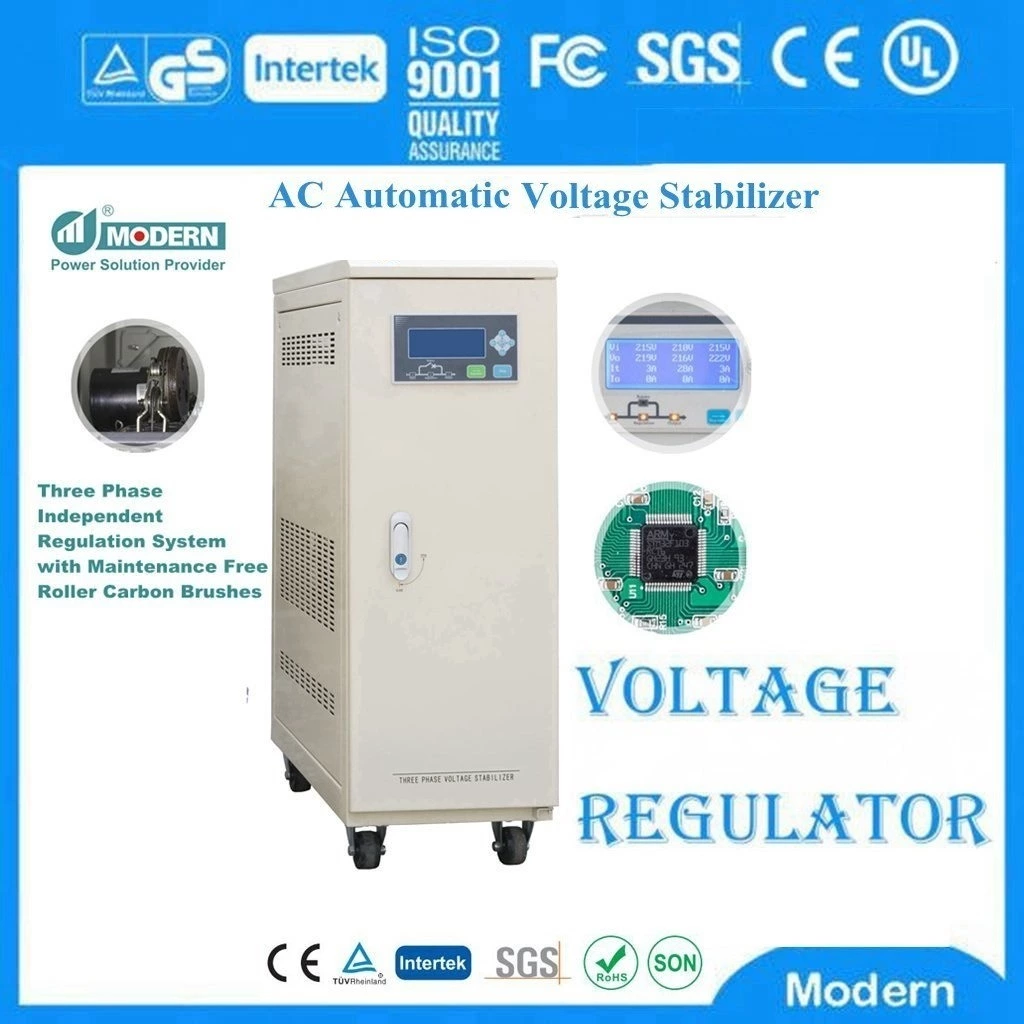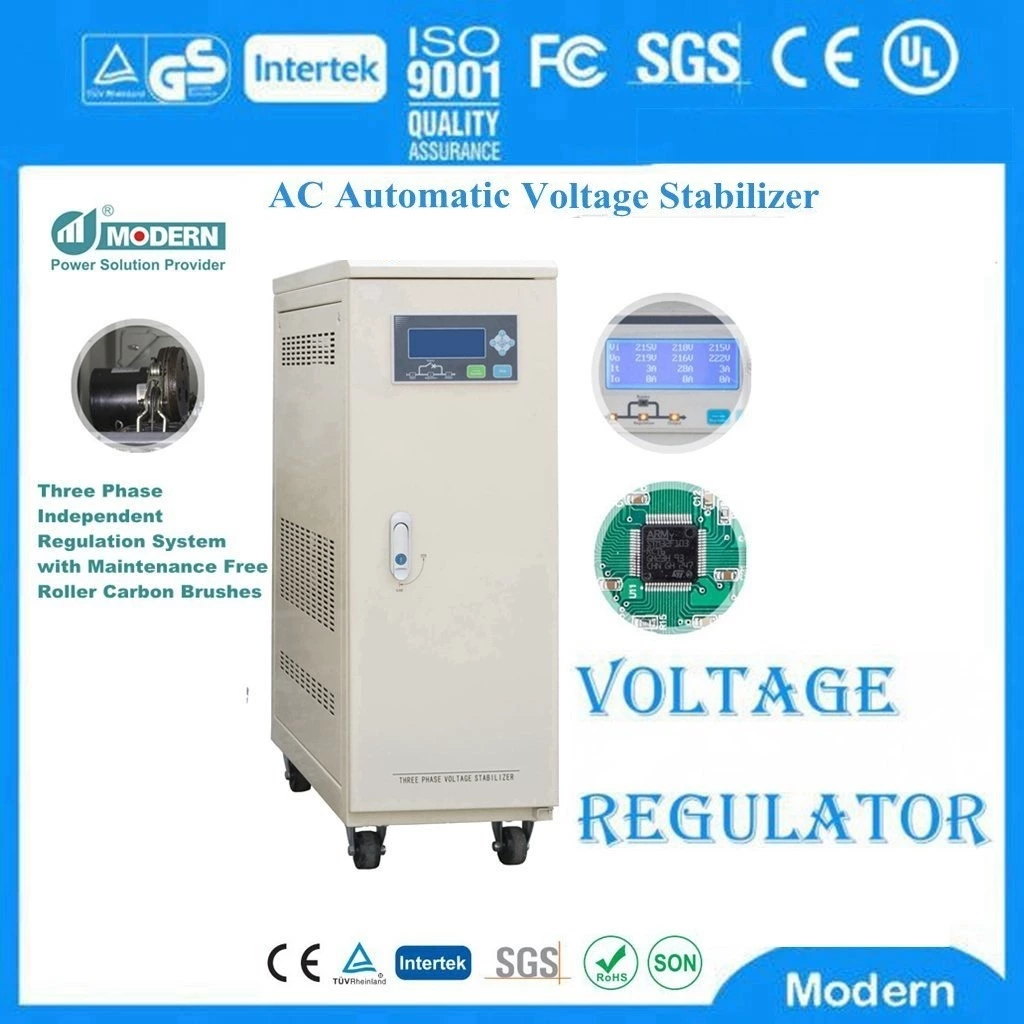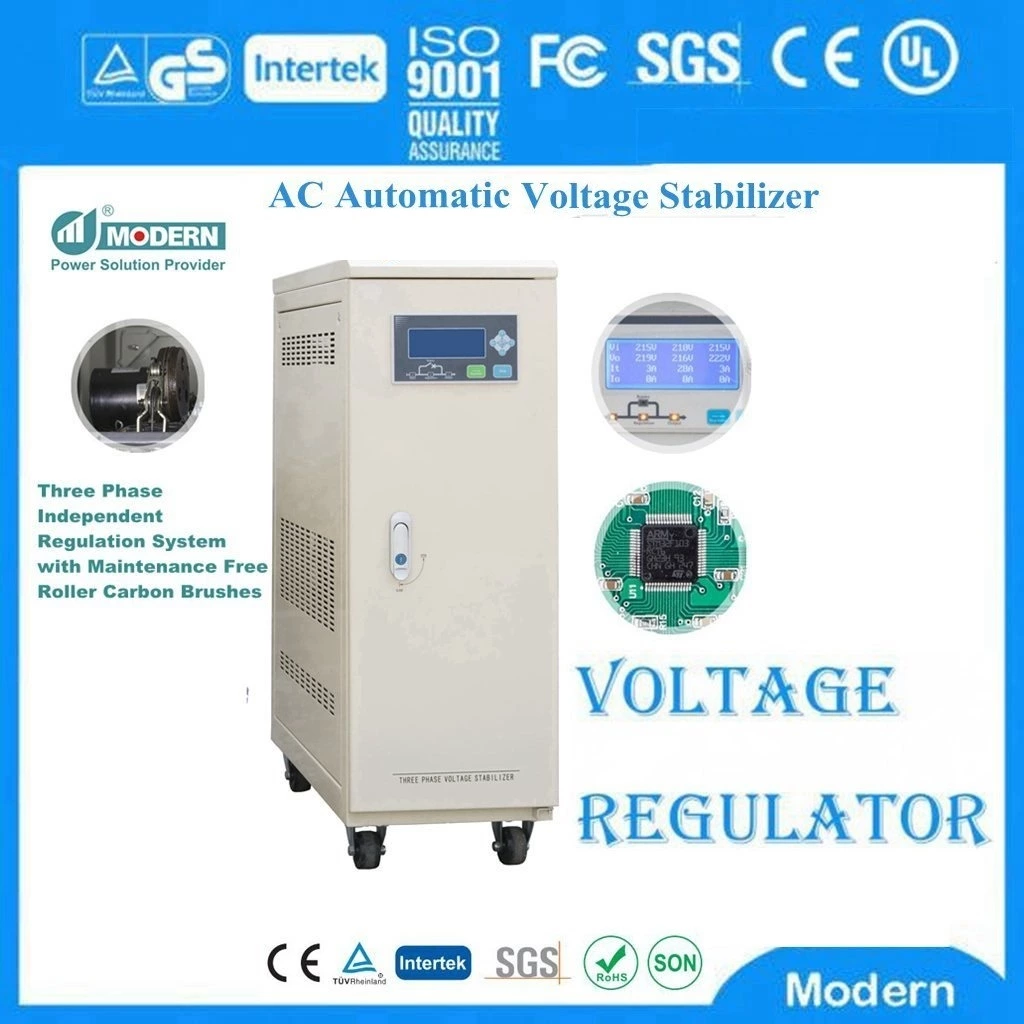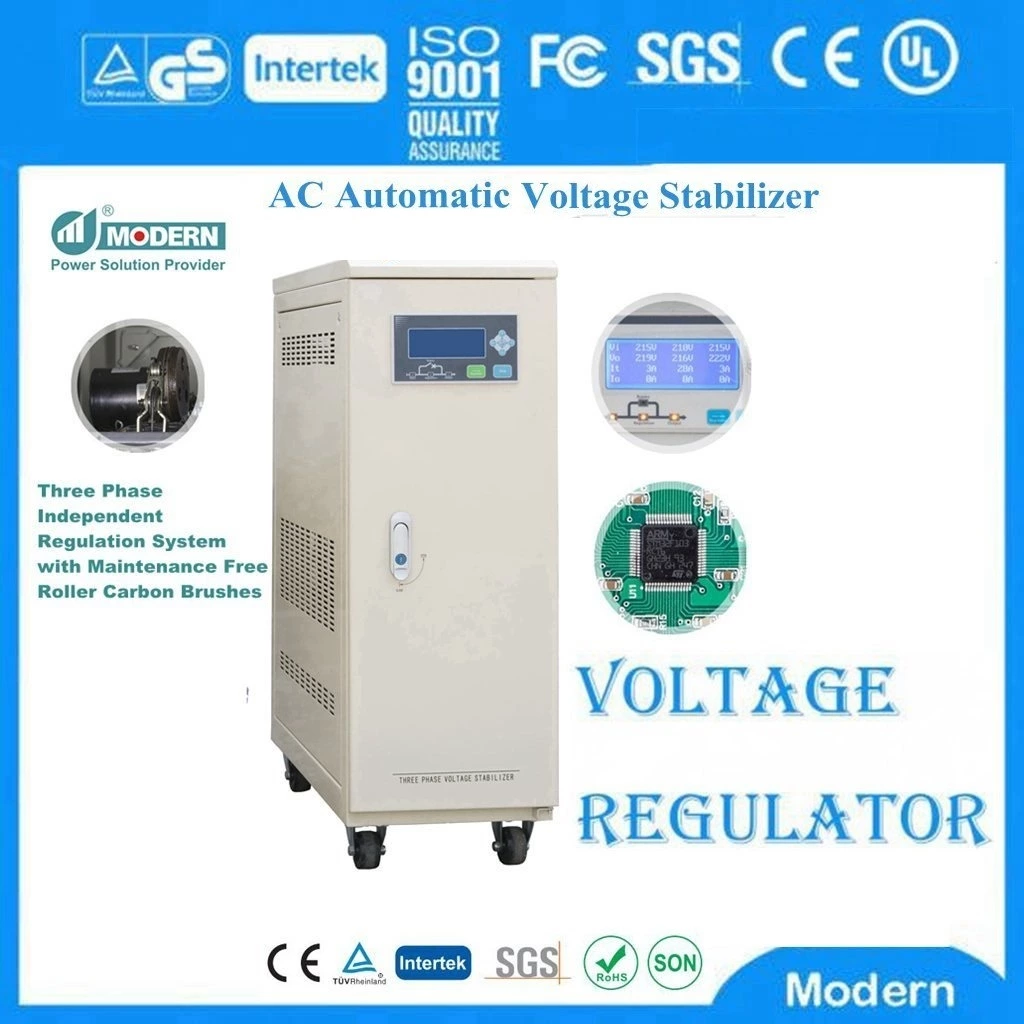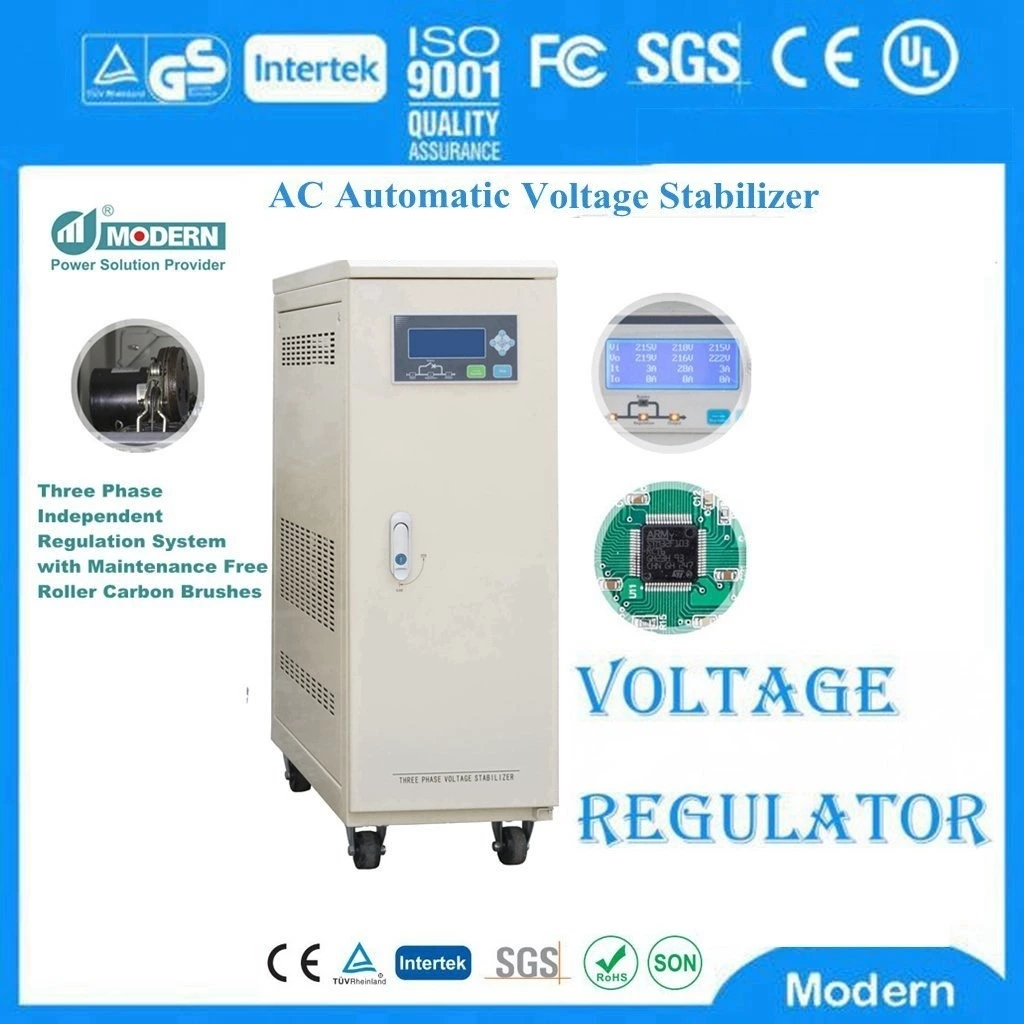Can The Automatic Voltage Stabilizer Solve Common Quality Problems Of Ac Power Supply?
Due to the uncertainty of the quality of the power supply of the power grid, the voltage stabilizer is used on a large scale. The voltage stabilizer is like a reservoir. When the voltage is high, it reduces the voltage, and when the voltage is low, it increases the voltage, so that the output voltage of the voltage stabilizer is constant, which effectively protects some precision equipment in modern production. It avoids the increase of defective rate and damage to equipment caused by power quality problems. The voltage stabilizer is the best guardian of precision equipment. Harmonics are very destructive, but with the extension of the power supply line, the harmonic attenuation is also very large. If there is no large harmonic source around, the destructiveness of harmonics can be ignored. However, if the user's power environment has large harmonics, when choosing a voltage stabilizer, it is necessary to appropriately increase the margin space of the voltage stabilizer equipment, because the voltage stabilizer has a great attenuation effect on harmonics, converting harmonics into heat and discharging them. This is why the margin space of the voltage stabilizer is increased.
Common quality problems of AC power supply are as follows, and Automatic Voltage Regulator can solve these problems well.
1. The voltage variation range is too large, the power grid is insufficient, the power supply department adopts step-down power supply, or it is located in a remote area, and the loss is too much, resulting in low voltage; the power grid uses too little electricity, resulting in high voltage. If the voltage is too low, the load cannot work normally; if the voltage is too high, the service life of the load is shortened or the load is burned.
2. The cause of waveform distortion (or harmonics) is the use of switching power supplies in power electronic equipment and electrical equipment such as rectifiers, power supplies, electronic speed control equipment, fluorescent lamp systems, computers, microwave ovens, energy-saving lamps, dimmers, etc. The harm of harmonics to the public power grid mainly includes:
² It causes additional harmonic losses in the components of the public power grid, reduces the efficiency of power generation and transmission and transformation equipment, and when a large amount of subharmonics flows through the neutral line, it will cause line overheating or even fire;
² It will cause local parallel resonance and series resonance in the public power grid, thereby amplifying the harmonics, greatly increasing the aforementioned hazards and even causing serious accidents;
² It will cause relay protection and automatic devices to malfunction, and make electrical measuring instruments inaccurate;
² It will affect the normal operation of various electrical equipment. In addition to causing additional losses, it can also cause mechanical vibration, noise and overvoltage in the motor, cause serious local overheating of the transformer, overheating of capacitors, cables and other equipment, aging of insulation, shortening of life, and even damage;
² It will interfere with the adjacent communication system. In the mild case, it will generate noise and reduce the communication quality. In the severe case, it will cause information loss and make the communication system unable to work normally.
3. Surge (or surge) refers to the output voltage effective value exceeding the rated value for one or several cycles in a moment (several milliseconds), which is the main culprit for damaging precision electronic equipment.
4. In addition to being caused by lightning strikes, it is also mainly caused by the high voltage generated by the sudden unloading of the power grid when large electrical equipment connected to the power grid is turned off and on. The impact of surge on sensitive electronic and electrical equipment has the following types.
1) Destructive voltage breaks down semiconductor devices;
2) Destroy the metallized surface of components;
3) Destroy the printed circuit board or contact points;
4) Destroy three-terminal dual thyristor components.
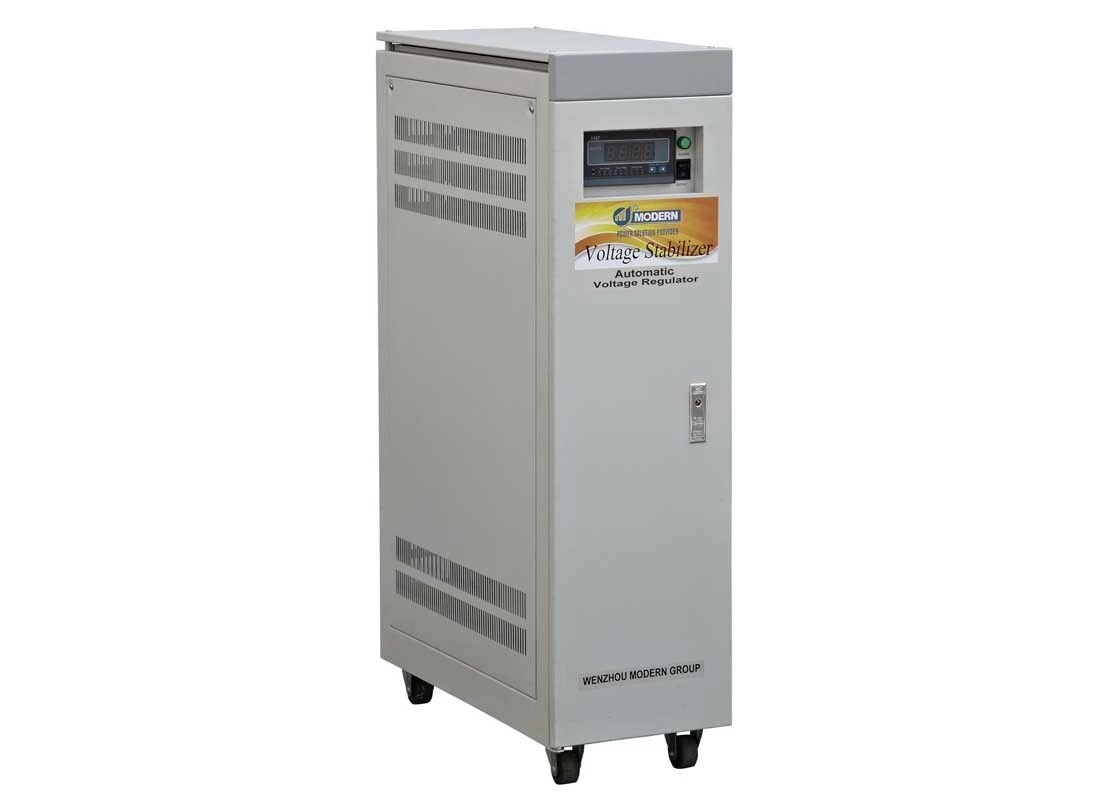
 Русский
Русский
 Français
Français
 Português
Português
 Español
Español
 اللغة العربية
اللغة العربية
